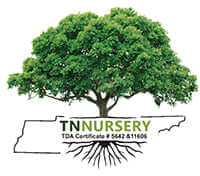
Palm Sedge Excellent Ground Cover
Share
Palm Sedge, a grassy plant with long leaves that grows in marshes and wetlands, is a common sight in the northeast. It has a creeping root system that can spread up to 2 feet per year, forming dense mats.
How Do You Take Care Of Palm Sedge
Water your palm sedge regularly so that it doesn't dry out completely. Also, fertilize it three times a year with a high-phosphorous fertilizer to promote growth.How Much Sunlight Can Palm Sedge Take?Palm sedge prefers full sunlight but will tolerate partial shade so that you can plant it almost anywhere in your yard with good drainage.Does Palm Sedge Back Up Every Year?Palm sedge is not an annual grass-it has deep roots and will grow back year after year without any additional care beyond watering once or twice per week during hot weather (usually from early June through September).
What Does Palm Sedge Look Like
Palm sedge has long, narrow leaves that are dark green and produces small yellow flowers. The plant can grow up to 2 feet tall, but the flowers typically only reach 1 inch high.Where Does Palm Sedge Grow?Palm sedge is native to Europe and Asia and grows in damp soil along rivers and streams. In North America is found in the southeastern United States and around the Gulf Coast region of Texas. In these areas, palm sedge thrives best when planted in partial or complete sunlight with moistsoil conditions year-round.What Are The Environments In Which Palm Sedge Grows?Palm sedge is a wetland species that prefers standing water, such as ponds or wetlands but can also grow in dryer conditions, such as sandy soils near riverbanks where there is more sun exposure than in swamps or marshes.Is Palm Sedge Toxic?No, Palm Sedge is not toxic. It is a common ornamental grass used in landscaping and does not pose a health risk.
Contact us now for more details.
